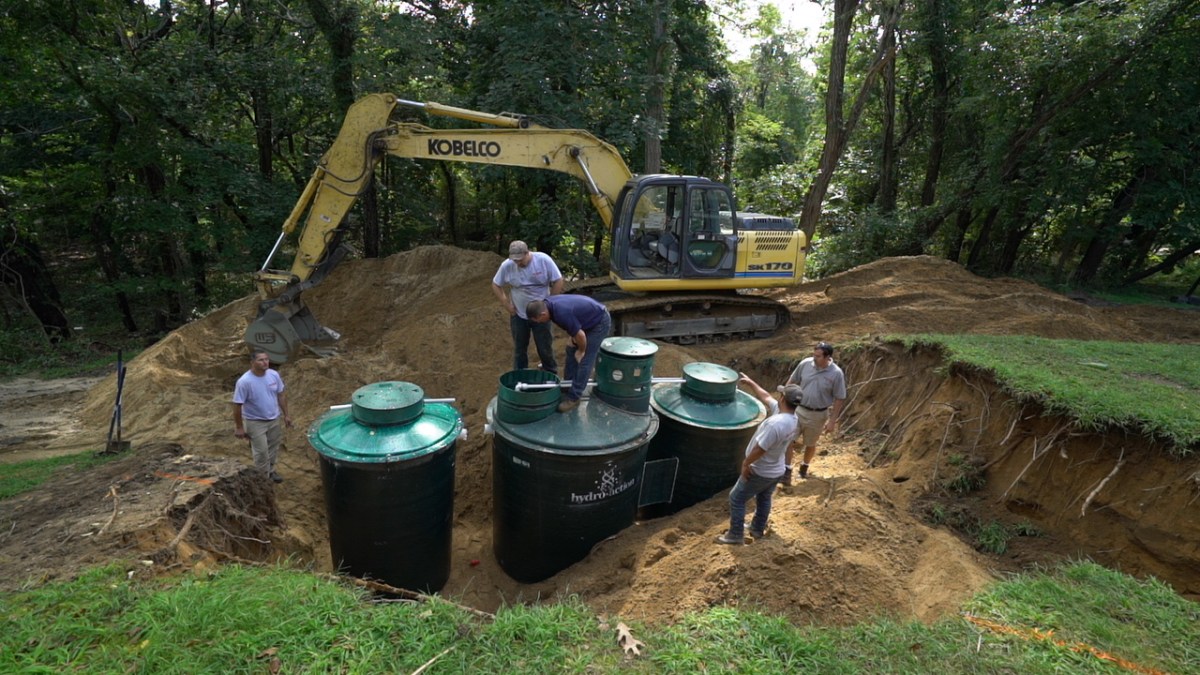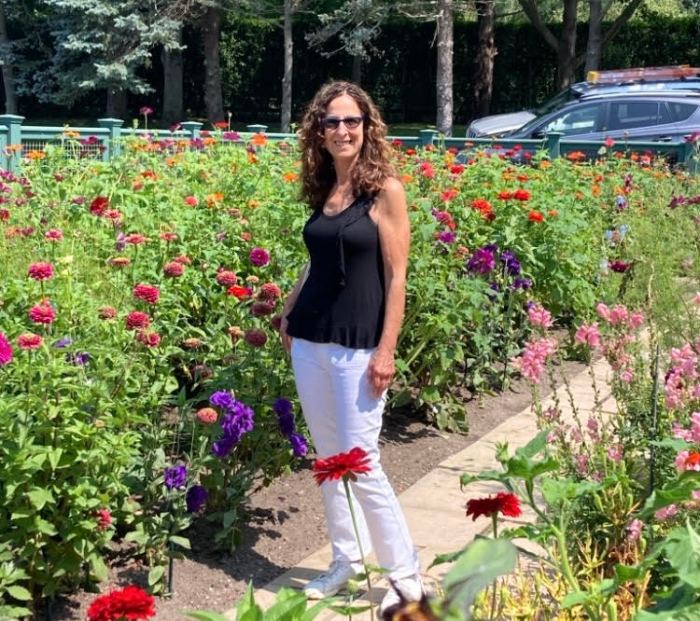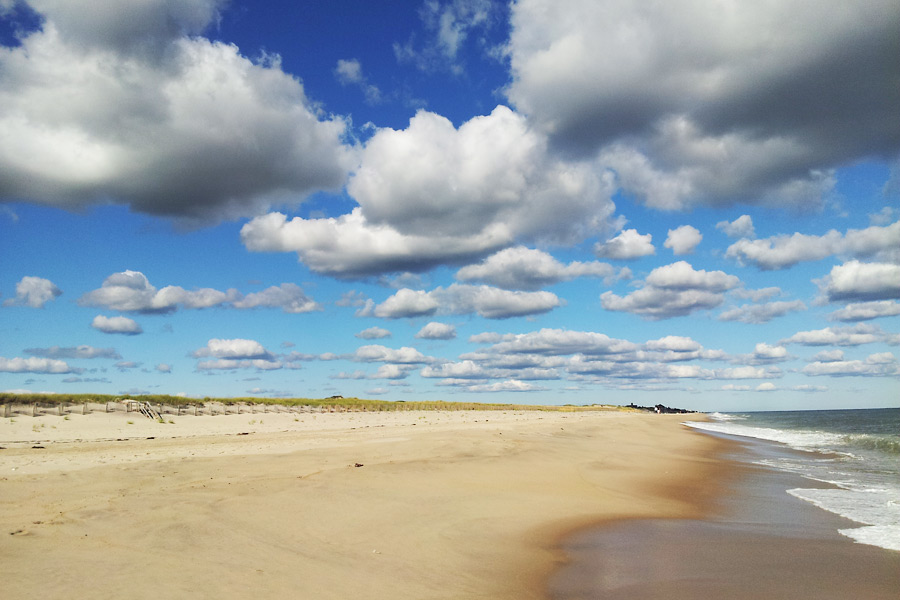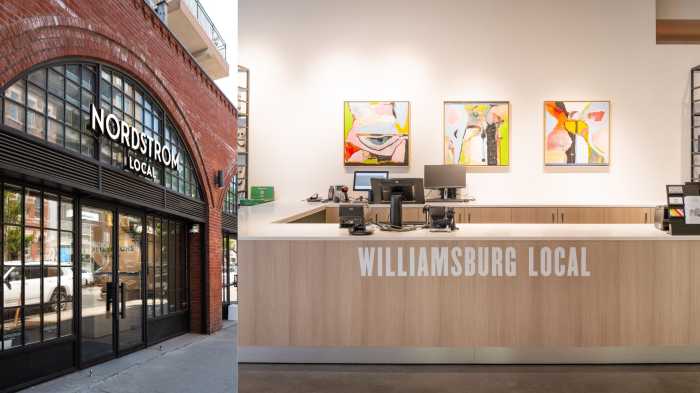When Superstorm Sandy hit six years ago, parts of Long Island were completely devastated. And although government agencies, businesses, and countless volunteers jumped in to aid in the recovery, South Shore communities still feel the effects of the flooding.
While living in coastal communities will always involve some level of risk, it is up to us to address the new reality of extreme weather. As Suffolk County Executive, it is my responsibility to do so in a way that mitigates the financial burden and protects the taxpayer.
In a rare perfect storm, Suffolk has an historic opportunity to take on a fully funded project that can help protect the coastal communities from the impacts of storm flooding. The answer boils down to a simple fact: We must reduce the flow of nitrogen pollution into our water bodies.
There are more than 360,000 cesspools and septic systems in Suffolk that do not adequately treat for nitrogen. Excess nitrogen from cesspools and septic systems degrades our wetlands, which help to protect Long Island from storm surges like the one we experienced during Sandy.
How can we start to reverse the tide? By installing active wastewater treatment to reduce excess nitrogen from entering our environment. That means connecting communities to sewers where possible, and using Innovative and Alternative Onsite Wastewater Treatment Systems (I/A OWTS) where sewering is not an option.
The need to connect homes to sewers has been apparent for more than 40 years. Never in history, however, have we had the chance that we do right now to use $390 million in state and federal grants to connect nearly 7,000 homes to sewers, eliminating thousands of polluting cesspools and septic systems at almost no cost to homeowners.
The Suffolk County Coastal Resiliency Initiative would provide new sewer infrastructure along four South Shore river corridors — the Carlls River, Connetquot River, Patchogue River, and the Forge River. On January 22, 2019, voters in each of these project areas will get the opportunity to approve these historic projects, and their support is necessary for the initiative to move forward.
The improvements to water quality that would result will have multiple benefits, making our waters safer for wildlife; increasing recreational activity on our bays; and boosting the region’s tourist economy, which accounts for more $5 billion annually.
It is safe to say that there will never be another opportunity like this in our lifetime. By taking advantage of post-Sandy grants that will be lost forever if these projects do not move forward, this project will help to fulfill a promise to future generations that we are doing our best to preserve this island.
































